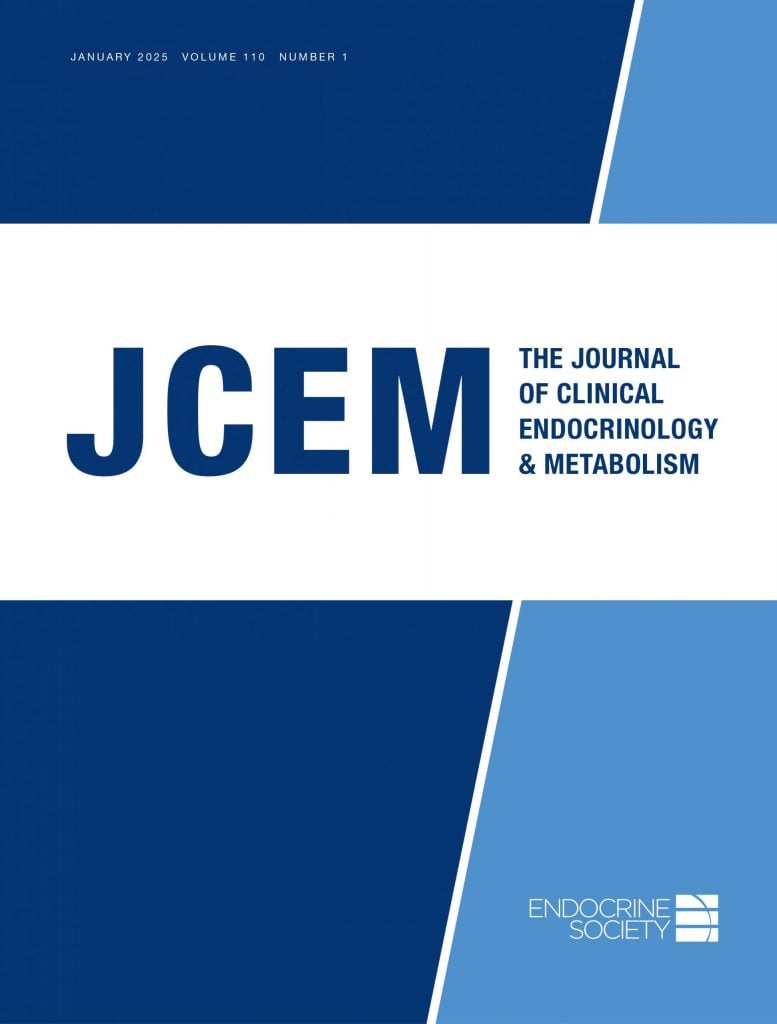Should SGLT2 Inhibitors Be Stopped Before Emergency Surgery?
New Study Questions BMI Accuracy in Childhood Obesity Screening
Saliva Test One Step Closer to Replacing Blood Work for Adrenal Disorder Diagnosis
Easy Targets: How Endocrine-Disrupting Chemicals Affect Reproductive Endocrinology
 Endocrine-disrupting chemicals have been implicated in a wide range of poor health outcomes, including infertility and obesity. Endocrine News speaks to Almudena Veiga-Lopez, DVM, PhD, the chair of an upcoming ENDO 2025 symposium on these chemicals’ effects on reproductive organs, which are particularly vulnerable to EDCs. Endocrine-disrupting chemicals are everywhere, and there is seemingly no...
Endocrine-disrupting chemicals have been implicated in a wide range of poor health outcomes, including infertility and obesity. Endocrine News speaks to Almudena Veiga-Lopez, DVM, PhD, the chair of an upcoming ENDO 2025 symposium on these chemicals’ effects on reproductive organs, which are particularly vulnerable to EDCs. Endocrine-disrupting chemicals are everywhere, and there is seemingly no...Hidden Steroids in Arthritis Supplements Raise Serious Adrenal Concerns
 Before you reach for that arthritis supplement, take note: Over-the-counter supplements could contain surreptitious glucocorticoids, notes a new case series study published in The Journal of The Endocrine Society. The study describes 12 patients who developed Cushing syndrome (CS) and/or adrenal insufficiency (AI) after consuming commonly used supplements such as Artri King, Ardosons, and Ajo...
Before you reach for that arthritis supplement, take note: Over-the-counter supplements could contain surreptitious glucocorticoids, notes a new case series study published in The Journal of The Endocrine Society. The study describes 12 patients who developed Cushing syndrome (CS) and/or adrenal insufficiency (AI) after consuming commonly used supplements such as Artri King, Ardosons, and Ajo...Boning Up: National Osteoporosis Awareness and Prevention Month
 Each May in the U.S. is National Osteoporosis Awareness and Prevention Month which is observed to raise awareness about osteoporosis, promote prevention, and early detection. Bone health is one of the cornerstones of endocrine science and practice, so we felt that this was the perfect issue to take a look at some of the recent...
Each May in the U.S. is National Osteoporosis Awareness and Prevention Month which is observed to raise awareness about osteoporosis, promote prevention, and early detection. Bone health is one of the cornerstones of endocrine science and practice, so we felt that this was the perfect issue to take a look at some of the recent... Males diagnosed with classic congenital hyperplasia (CAH) due to 21-hydroxylase deficiency require lifelong treatment, with adolescence the most challenging treatment period, notes a review article in The Journal of Clinical Endocrinology & Metabolism and a supplement sponsored by Neurocrine Biosciences, Inc., an American biopharmaceutical company that develops for neurological and endocrine-related disorders. To replace the...
Males diagnosed with classic congenital hyperplasia (CAH) due to 21-hydroxylase deficiency require lifelong treatment, with adolescence the most challenging treatment period, notes a review article in The Journal of Clinical Endocrinology & Metabolism and a supplement sponsored by Neurocrine Biosciences, Inc., an American biopharmaceutical company that develops for neurological and endocrine-related disorders. To replace the...As much as we know today about the endocrine system and the effects it has on the body, there remains so much that we do not know. Discoveries are made every day, and our understanding of the endocrine system is always growing and changing. Serving patients to the best of an endocrinologist’s abilities means being aware of all the latest developments in endocrine research. This includes the newest and most complete information concerning such endocrinology research topics as new treatments and new methods for disease prevention. Identifying symptoms and making the connections between those symptoms and endocrine disease can lead to greater understanding and ultimately better treatment for patients. More advanced prevention techniques can help patients stave off disease before it can impact their lives. Having the most current information can make a tremendous difference in the quality of life for your patients.
This section features some of the most current and forward-looking articles concerning the latest research in endocrinology. Written by and for endocrinologists, these articles are provided to keep you up to date with the most relevant developments in the field of endocrinology. You can access the information you need about new technology, new treatments and general information to help you serve your patients with better overall care. Our understanding of the endocrine system is always evolving. With Endocrine News, you can ensure that your knowledge of the field won’t be left behind. What’s more, your patients will always have access to the most advanced information out there.

